Málaga has two official wine making regions – DOC Sierras de Málaga and DOC Málaga – with the latter being one of the oldest winemaking regions in the world. This region is where sweet wines from the moscatel and Pedro Ximenez grapes are produced, and there are some iconic taverns in Málaga where trying this wine is the ultimate experience. To truly be whisked back in time, stop by Antigua Casa de La Guardia (Alameda Principal, 18) and select your tipple from the 12 different wines found in the barrels lining the back walls – for the perfect dry versus sweet balance you can’t miss a Pajarete 1908!
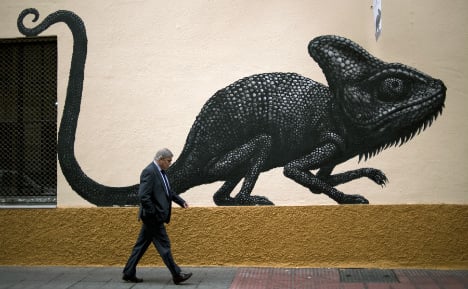
Photo: AFP
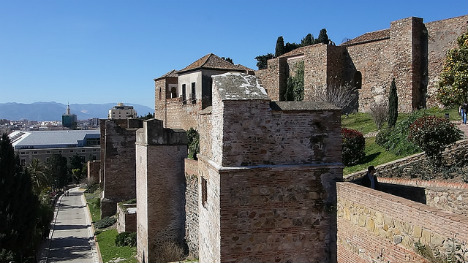
Málaga’s Alcazar. Photo: Alf Igel/Flickr
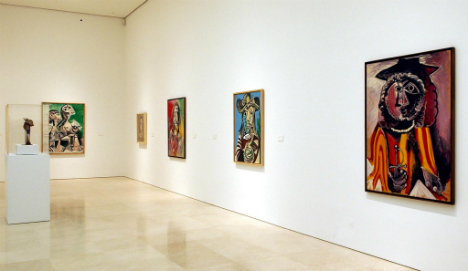
Photo: AFP
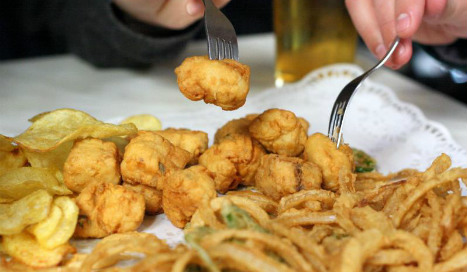
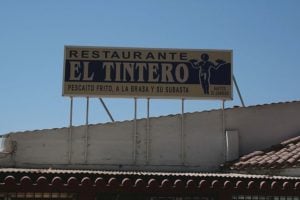
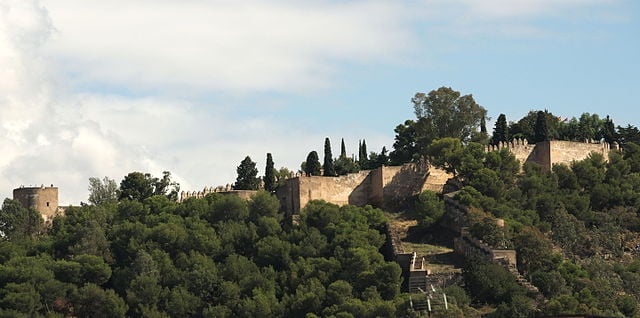
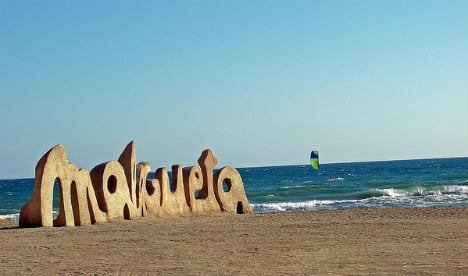
Photo: Jorbasa Fotografie/Flickr
This article was written by James Blick of Devour Tours which offers award-winning fun and delicious food tours and tapas tours in San Sebastián, Seville, Barcelona and Madrid. Follow them onInstagram,Pinterest,Facebook andTwitter for Spanish food news, tips and recipes.

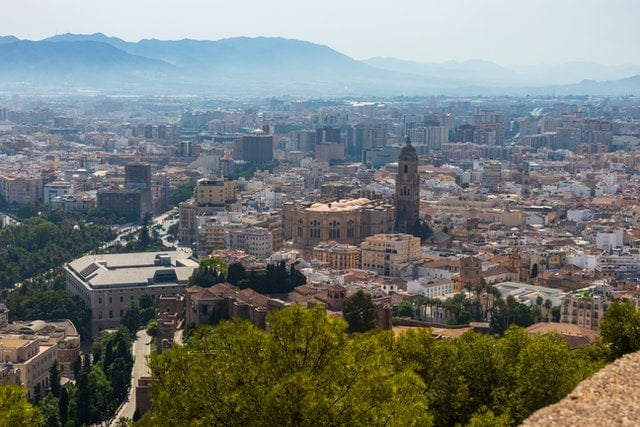
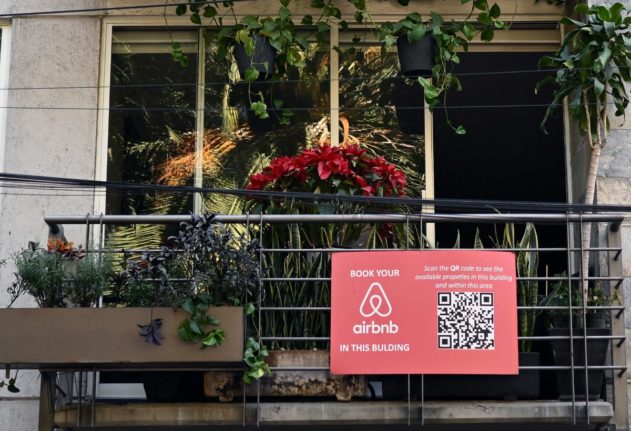
 Please whitelist us to continue reading.
Please whitelist us to continue reading.
Member comments